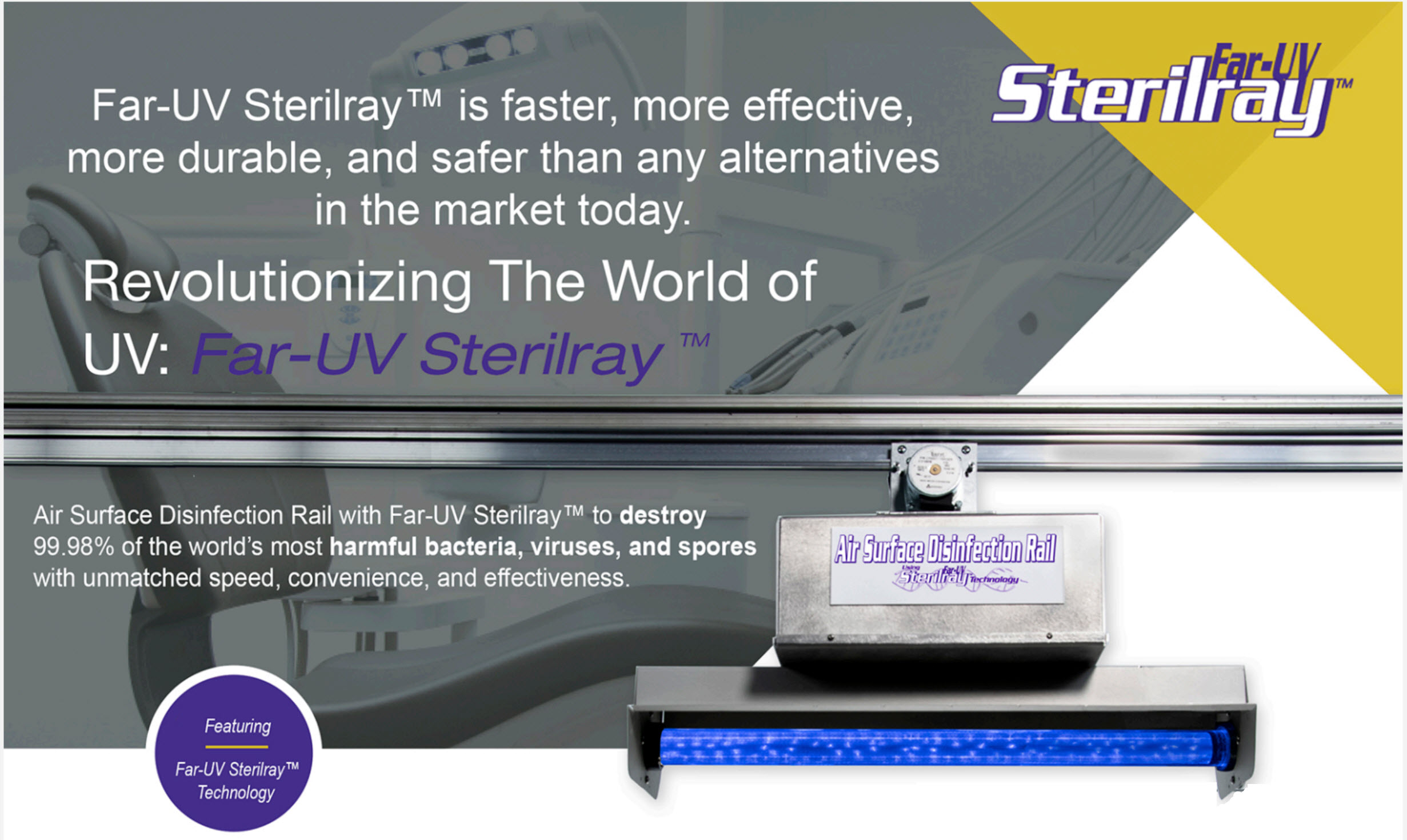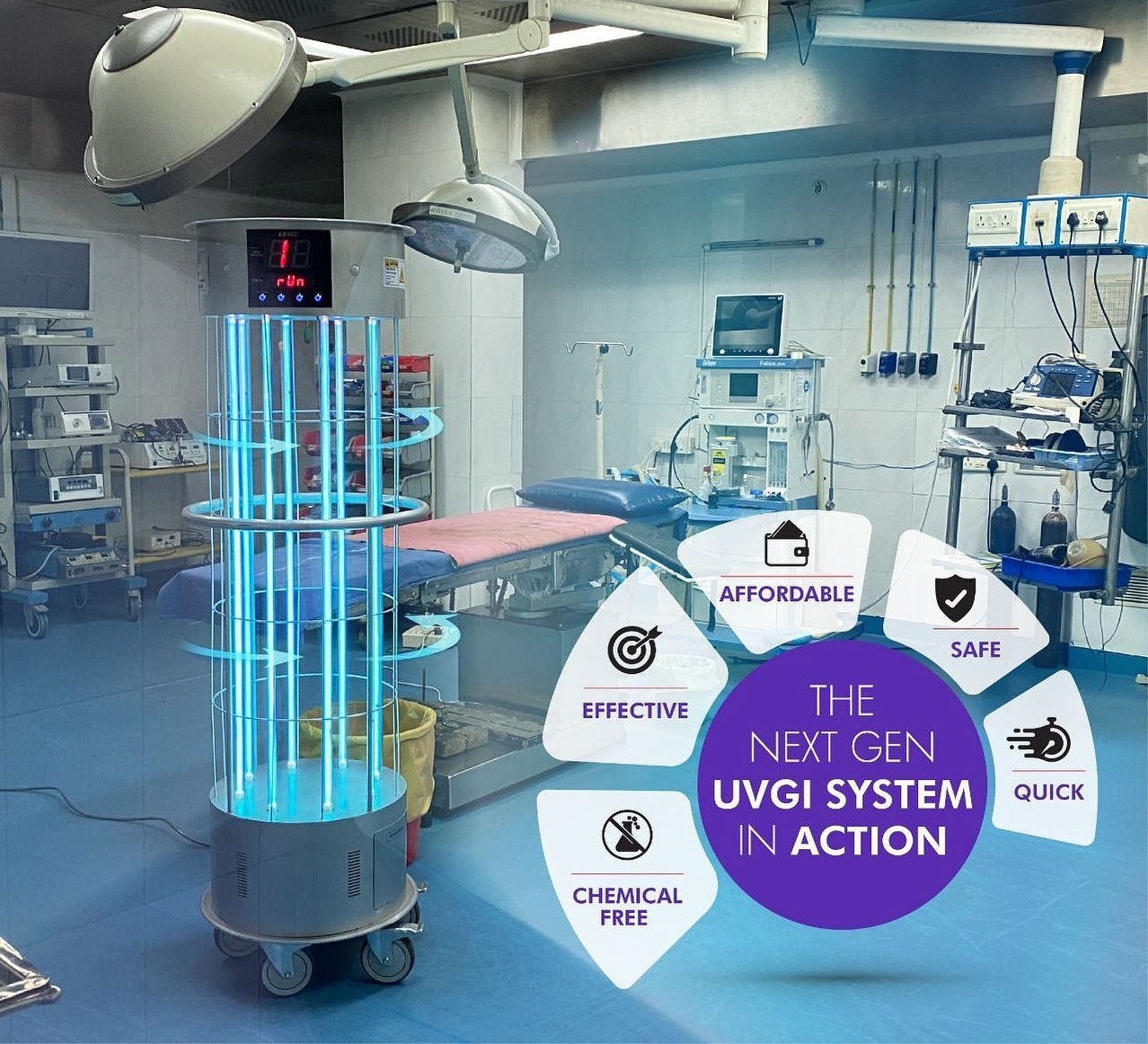Discovering UV Disinfection: A Crucial Tool in the Fight Versus Harmful Microorganisms
As the globe deals with an ever-increasing risk from damaging pathogens, the search for reliable methods of sanitation has ended up being an immediate priority. While standard cleaning methods have actually revealed some success, there is a growing acknowledgment that we need to check out ingenious methods to fight these unnoticeable enemies. One such approach that has actually amassed considerable attention is UV sanitation. Using the power of ultraviolet light, this modern technology has actually demonstrated promising cause removing a vast array of pathogens. How does it function? What are the benefits? And where can it be applied? In this conversation, we will explore the globe of UV sanitation, uncovering its possible as a vital device in the fight against unsafe microorganisms.
How Does UV Sanitation Job?
UV disinfection works by making use of ultraviolet (UV) light to eliminate unsafe microorganisms and avoid their spread. This extremely effective method includes using UV radiation to interrupt the DNA and RNA of microorganisms, making them incapable to reproduce and triggering their utmost devastation.
When UV light is utilized for disinfection, it is commonly emitted from a light or bulb that generates a particular wavelength of UV-C light. uv surface disinfection. This wavelength, ranging from 200 to 280 nanometers, is especially efficient at permeating the outer cell wall of microorganisms, infections, and various other microbes. As soon as inside the cell, the UV radiation targets and harms the genetic material, avoiding the bacterium from replicating and triggering infection
UV disinfection systems are made to give off the suitable intensity and period of UV light to guarantee efficient pathogen elimination. The dose of UV light needed for sanitation depends upon aspects such as the kind of bacterium, its resistance to UV radiation, and the particular application. Additionally, the system must be thoroughly engineered to make certain correct direct exposure of the target virus and to avoid any kind of possible injury to humans or the setting.
The Advantages of UV Sanitation
UV disinfection provides a plethora of advantages in effectively eliminating unsafe virus and decreasing the danger of infection. Among the main benefits of UV disinfection is its capability to supply a ecologically pleasant and chemical-free option. Unlike standard sanitation techniques that count on chemicals, UV disinfection utilizes ultraviolet light to ruin the DNA and RNA of microbes, making them incapable to recreate and create infections. This chemical-free approach ensures that no hazardous deposits are left behind, eliminating any potential health and wellness threats associated with chemical anti-bacterials.
One more considerable advantage of UV sanitation is its performance in eliminating a variety of microorganisms. UV light has been verified to properly remove microorganisms, infections, fungis, and protozoa, consisting of those that are immune to traditional disinfectants. This broad-spectrum efficiency makes UV sanitation a functional device in various setups, such as healthcare centers, water therapy plants, and food processing industries.
Along with its efficiency, UV disinfection also provides fast sanitation cycles. Unlike other methods that need extensive contact times or repeated applications, UV sanitation can accomplish significant pathogen decrease in an issue of seconds. This reliable and quick procedure enables enhanced productivity, lowered downtime, and raised general operational efficiency.
In addition, UV sanitation is a non-contact technique, which implies that it does not call for straight physical contact with the surface areas or things being sanitized. This function makes it suitable for usage on delicate tools and sensitive products that may be damaged or influenced by other sanitation techniques.
Applications of UV Disinfection in Medical Care

UV sanitation is additionally utilized in the sterilization of medical tools and tools (uv surface disinfection). The high intensity of UV light can successfully eliminate microorganisms, infections, and other microbes, ensuring that medical tools are complimentary and secure from impurities. Additionally, UV disinfection is used in water treatment systems within health care facilities. UV light can inactivating harmful bacteria, viruses, and bloodsuckers, making the water secure for consumption and decreasing the danger of waterborne infections.
Furthermore, UV sanitation innovation is used in the disinfection of healthcare uniforms and personal protective devices (PPE) By using UV light, healthcare experts can ensure that their attires and PPE are devoid of virus, preventing the transmission of infections in between individuals and medical care employees.
UV Disinfection in Public Spaces
Public spaces are significantly carrying out UV disinfection innovation as an essential procedure to fight the spread of harmful microorganisms. With the recurring international pandemic and the continuous risk of contagious diseases, the requirement for effective disinfection methods in public locations has ended up being critical. UV sanitation provides a reliable and trustworthy solution hereof.

UV sanitation systems make use of ultraviolet light to shut down the DNA and RNA of germs, viruses, and other microorganisms. The use of UV disinfection modern technology in public rooms not just assists in minimizing the danger of infection however additionally instills self-confidence amongst the public regarding their security.
As public rooms continue to adapt to the challenges postured by infectious conditions, UV sanitation technology plays a vital role in making sure a clean and safe environment. By implementing such measures, public rooms can properly mitigate the spread of unsafe virus and add to the overall wellness of the area.
The Future of UV Sanitation Modern Technology
As the demand for improved sanitation approaches proceeds to grow in response to the ongoing global pandemic and the continuous hazard of transmittable diseases, the future of UV disinfection innovation holds appealing innovations in making sure also a lot more reliable and efficient pathogen obliteration in numerous settings.
One area of improvement is the development of more mobile and compact UV sanitation devices. These gadgets would certainly permit much easier and more versatile release in a variety of setups, such as offices, colleges, and transportation systems. In addition, innovations in automation and robotics are being checked out to boost the performance and efficiency of UV disinfection procedures. This consists of making use of More about the author autonomous robotics geared up with UV-C lights to navigate and disinfect large areas quickly and properly.
One more area of exploration is using UV disinfection in air filtration systems. By integrating UV-C lights right into HVAC systems, airborne pathogens can be effectively neutralized, decreasing the threat of transmission in indoor atmospheres.
Moreover, scientists are investigating using UV disinfection in food handling centers to guarantee the safety and security and quality of food products. UV-C light has been discovered to be effective in removing foodborne pathogens, providing a chemical-free choice to standard sanitation approaches.
Conclusion
In final thought, UV disinfection is an essential tool in the fight against damaging microorganisms. Its efficiency in eliminating microorganisms, infections, and various other microbes makes it a valuable technology in healthcare settings and public spaces. With its ability to offer a chemical-free and ecologically pleasant technique of disinfection, UV innovation holds excellent possible for the future. Its prevalent execution can add to the prevention of infections and the enhancement of public wellness.
UV sanitation systems are made to discharge the appropriate strength and duration of UV light to make sure effective virus removal. The dosage of UV light needed for sanitation depends on variables such as the type of microorganism, its resistance to UV radiation, and the certain application. Unlike traditional disinfection techniques that rely on chemicals, UV disinfection makes use of ultraviolet light to navigate to this website damage the DNA and RNA of microorganisms, providing them not able to recreate and create infections.In addition to its efficacy, UV disinfection additionally uses rapid sanitation cycles. One of the main applications of UV sanitation in healthcare is in the sanitation of client areas and operating cinemas.
Comments on “Letting loose the Power of UV Surface Disinfection: Guarding Versus Unsafe Virus”